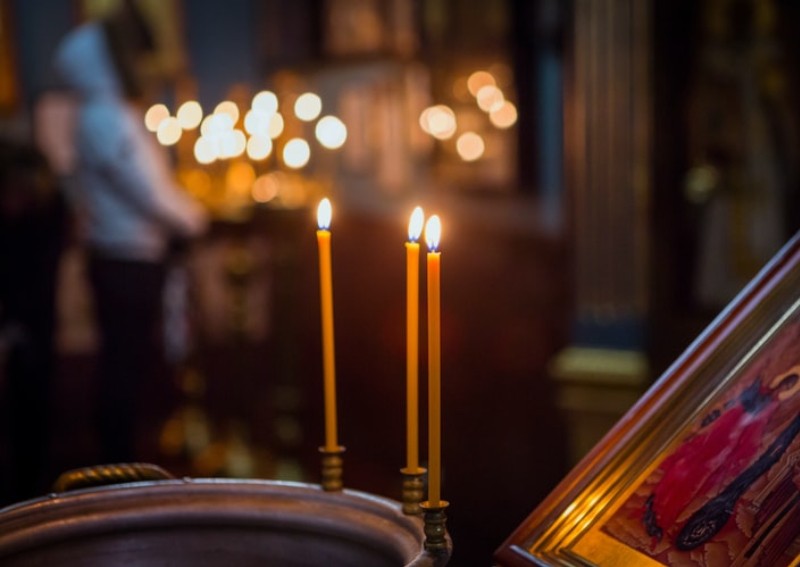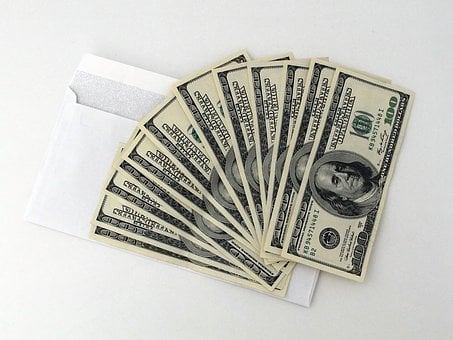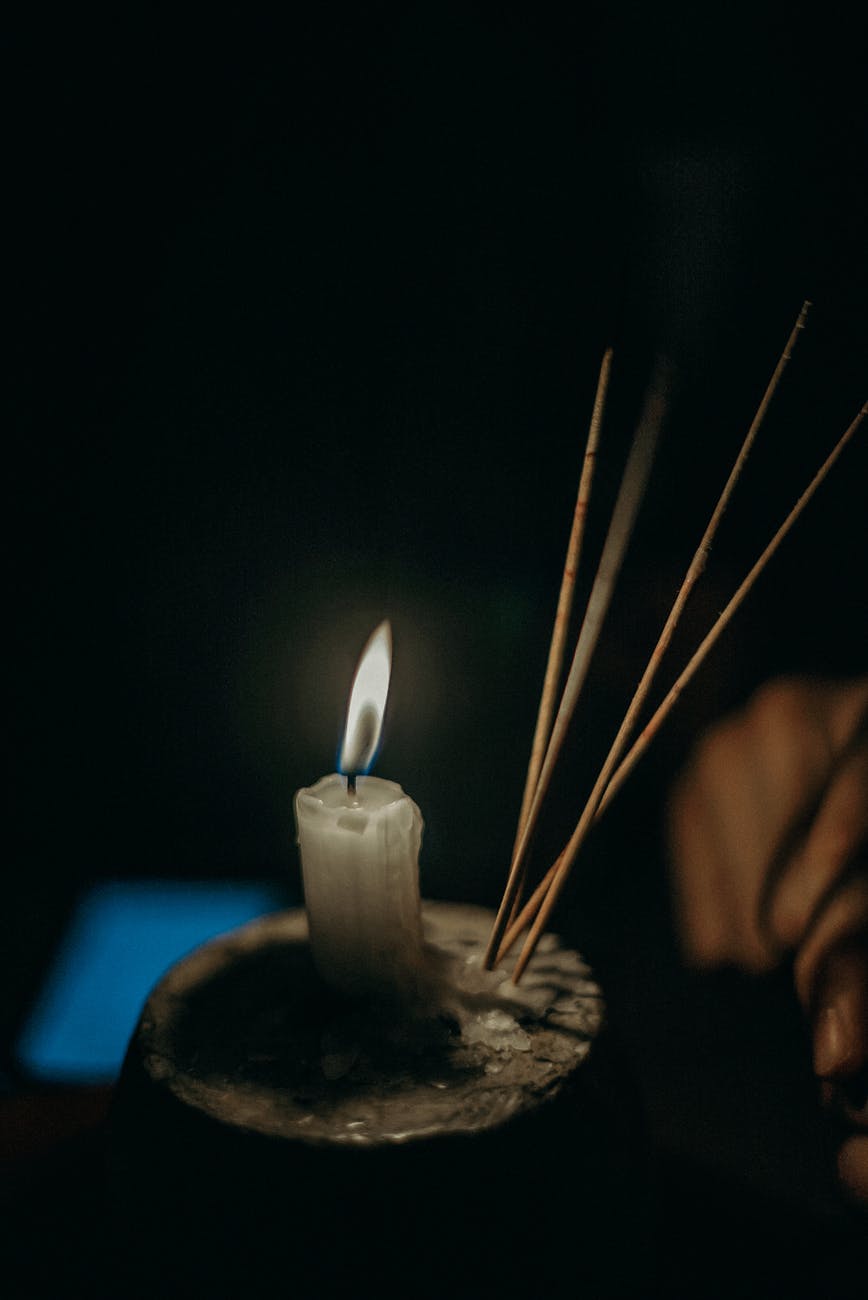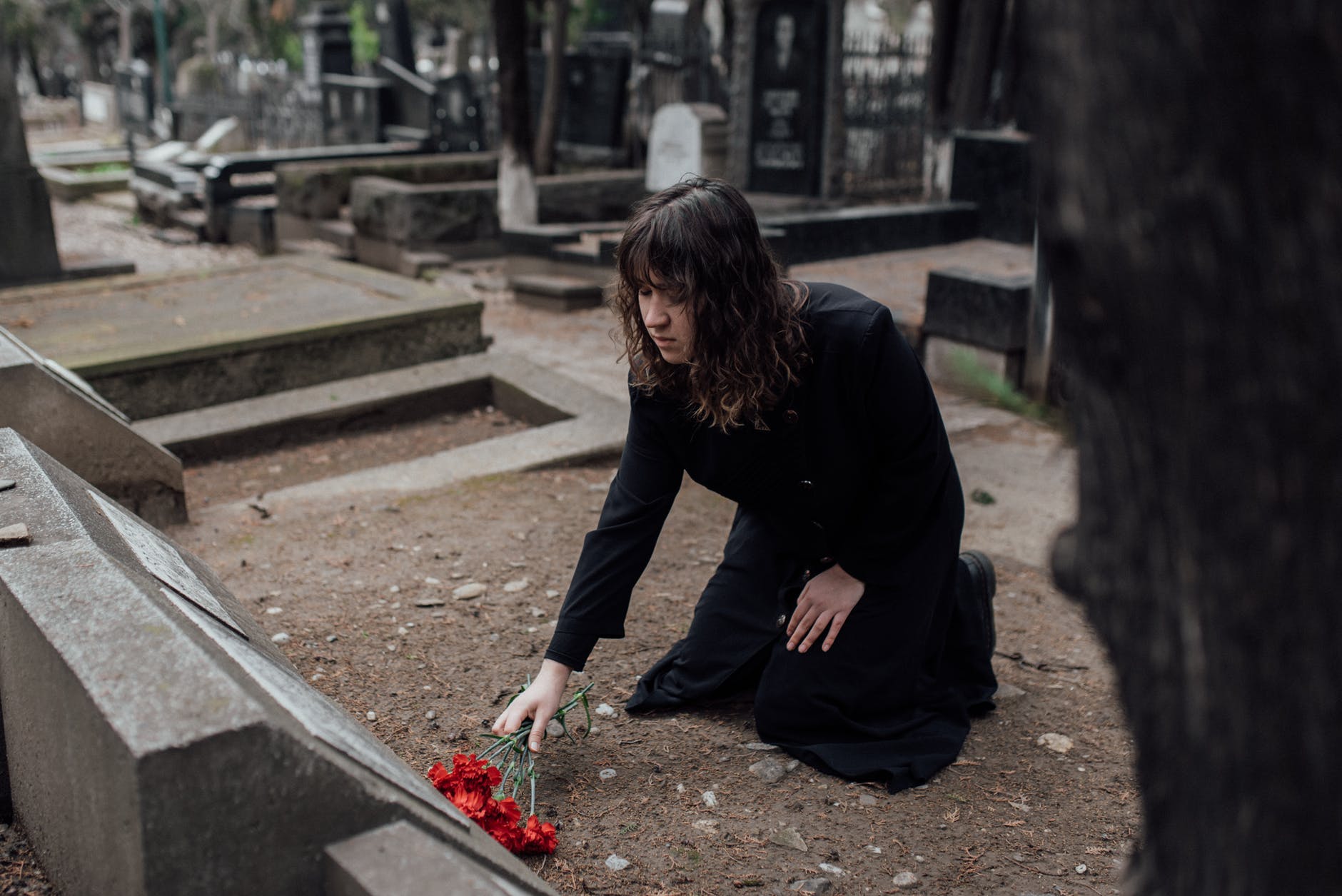A quick guide to condolence money and funeral etiquette in Singapore

Funeral etiquette is different around the world. Singapore has its own set of dos and don’ts to be aware of.
Funerals are a part and parcel of life, and you’ll probably attend your fair share during your lifetime. Given that there are many superstitions and taboos around death, it’s inevitable that funerals have inherited some pretty specific funeral etiquette, too.
Because of Singapore’s multicultural makeup, proper behaviour at funerals is largely a matter of respect and empathy.
Here’s what you need to know about wake and funeral etiquette in Singapore including the all-important condolence money and what to wear.
Current Phase 2 Heightened Alert rules limit funerals and wakes to 20 people at any one time, no exception. However, please note there will be further changes to the Covid-19 restrictions on 13 June 2021. It goes without saying, the safety of everyone remains a top priority.

Condolence money, bereavement money or pek kim – is a custom that involves offering a token sum to the family of the bereaved, which is commonly used to help cover the funeral costs. There is usually a counter set up for this, with a book to write your name and the amount contributed as well as someone on standby to collect the money and stash it somewhere safe.
Also, although pek kim is usually placed in a small white envelope before being dropped off (pek kim literally means “white gold”), don’t sweat it if you don’t have an envelope handy. It’s perfectly acceptable to just hand over cash, or even do a PayNow transfer (find out more about how to use contactless payment ).
How much pek kim should you give, you might wonder. There’s no fixed rule for an appropriate amount. You can (and should) give according to your financial ability, and your personal relationship to the deceased.
In cases where you don’t know the deceased personally, it is perfectly okay to donate a token $10. Just don’t try to cheap out and save a few bucks by giving petty amounts, such as $7 or $3. That’s not how you want to be remembered by your friend’s family. Also, don’t dig out $50 and ask for $40 change back. If you don’t have small notes on you, either run to an ATM or do a PayNow transfer!

Regardless of your familiarity with the deceased, it is considered good form to pay your respects when attending their funeral. Depending on whether it is a Chinese (Taoist/Buddhist), Catholic/Christian, Muslim or Hindu funeral, there will be different acts and rituals to perform.
For example, at most Chinese funerals, incense is commonly lit and offered. Whereas Christian and Catholic funerals may ask attendees to sing hymns. Hindu funeral practices may involve chanting and fire. If your personal beliefs bar you from partaking in some or all of these rituals, you may seek permission to pay your respects in your own way.
It is also customary for the bereaved to return respects to you, after you have paid yours to the deceased. As this requires a family member to be on hand, it may be prudent to alert your host before approaching the altar.
And in case you’re wondering, the Muslim faith dictates that the deceased be buried as soon as possible after death, which precludes the chances of actually attending an Islamic funeral as a colleague or friend.
Instead, some Muslim families hold a ceremony called a thalil on the 3rd, 7th, 40th and 100th day after the burial, which consists of a recitation of prayers and supplications for the deceased, after which guests may be invited to partake of a simple meal prepared by the grieving family.
Now the question is: To peek or not to peek?
In some traditions, it is customary to view the deceased when paying your respects. In others, only close family members are allowed the privilege. The state of the casket (open or closed) is usually a reliable indicator which is which. An open casket funeral usually indicates, even expected, for mourners to take a look at the deceased. A closed casket with a small window in the lid typically means only close family is invited to view.
When in doubt, ask the host. But whatever you choose to do, be respectful.

As funerals are sombre affairs, it is funeral etiquette to avoid bright or cheerful colours, such as red, pink, yellow or orange. Neutral colours such as white, black, greys and browns are considered largely acceptable.
Do dress comfortably and appropriately when attending a wake in Singapore. Showing up in a half tux when everyone else is likely to be in tees might not be the most sensible move. Likewise, ease back on the jewellery and flashy accessories as it is considered crass to be flaunting your wealth around the grieving.
Upon arriving at the wake, quietly approach a nearby colleague or friend, so the host can get you quickly settled. If the family members are involved in prayers or rituals, find an empty table and wait.
When conversing with the grieving, remember to stay away from topics that may cause them additional emotional pain or distress. If you find yourself caught in an awkward turn, it may be best to not say anything. Simply being present is enough during times like these.
You’re likely to run into mutual friends or ex-colleagues at funerals. When catching up at the wake, its okay to laugh and joke – just make sure to keep it light and respectful. As emotions may be running high, it’s important funeral etiquette to keep away from potentially insensitive or inflammatory remarks.
[[nid:517690]]
Help yourself to the refreshments served. Even if you don’t feel hungry, it’s probably more respectful to grab a packet drink or handful of peanuts.
Especially at Chinese funerals, you’ll see a bunch of red thread on the table. Take one and tie it loosely around your finger, and discard it only after leaving the funeral, but before entering your home. There may also be coins wrapped in red paper; you may take once parcel each, but spend the money immediately. In addition, some funerals may prepare blessed or holy water – buckets of clean water with flowers floating in them. You may perform a simple cleansing using the water before heading home.
When departing, some say to do so quietly, for there’s a belief that saying “Goodbye” or ‘再见’ (zai jian) is an invitation for the deceased to visit you at home. Spooky folk belief aside, we think it’s good form to leave a dignified event quietly and respectfully.
This article was first published in The Finder.